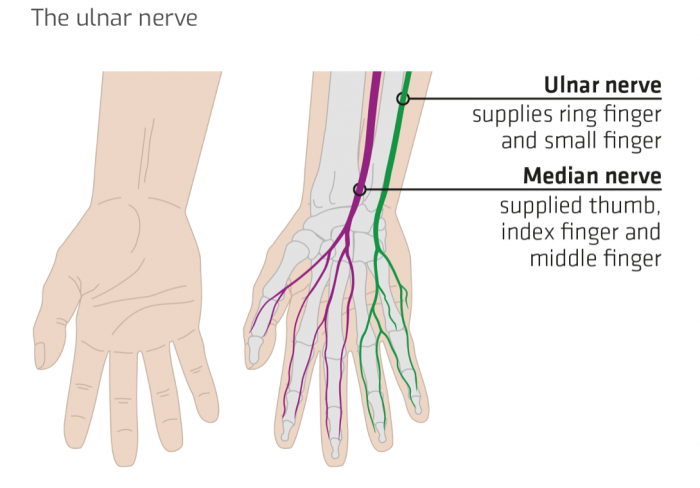If you suffer from sore hands or wrists when mountain biking, the fix might be as simple as a new set of grips. We tested several innovative products aimed at relieving hand pain and asked the experts for quick and easy remedies.
A little discomfort on the bike is a good thing as long as it’s in your legs and lungs. That’s the reward for a hard workout. But tingling fingers and aching wrists are not fun.
The cause is often associated with pressure or constriction of the nerves in the hand and wrist. Restricted blood flow doesn’t help, and vibrations and hard impacts play their part as well. The grips detailed below address these and other factors, potentially making your rides pain free.
Ergon GA3
The GA3 builds on Ergon’s award-winning grip design first introduced with the popular GP1. The enlarged wing on the outer edge provides two primary benefits. First, it disperses pressure under the outer palm to protect the ulnar nerve. Second, it guides the rider’s wrist into a neutral position to align the median nerve. If you’ve ever suffered carpal tunnel syndrome, you know that nerve all too well.















